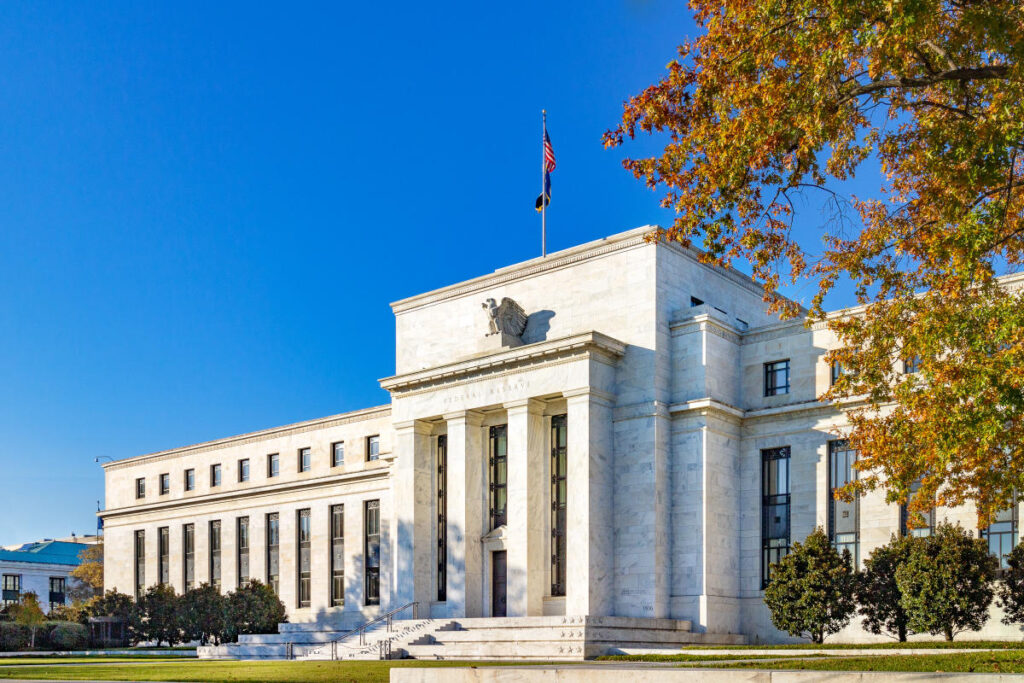When individuals need to borrow money, their first inclination is usually to approach banks or credit unions. Conversely, when banks encounter their own funding shortages, they find refuge in the Federal Reserve, leveraging the discount rate as a crucial financial safety net. The discount rate represents the interest rate at which banks and other financial institutions borrow money from the Federal Reserve, a tool that the Fed employs as part of its broader monetary policy. Although bank customers may not feel the direct effects of the discount rate, it plays a vital role in maintaining the stability of the banking system. By enabling banks to access affordable loans during times of stress, the discount rate minimizes the risk of systemic failures, such as bank runs or financial panics, thus securing the deposits of customers.
The discount rate, initially introduced in 1914, is a carefully calibrated interest rate that varies depending on the type of loan program utilized by banks. There are three main types of loans that involve discount rates: primary credit, secondary credit, and seasonal credit. The primary credit rate is typically the lowest and is available to banks that are financially sound. By maintaining a discount rate that is slightly higher than the interbank lending rate, known as the federal funds rate, the Federal Reserve encourages banks to prioritize borrowing from each other first. Nonetheless, the availability of an alternative funding source through the Fed serves as a safety net, reducing the attractiveness of high-risk loans during uncertain financial periods.
Changes in the discount rate are closely intertwined with prevailing economic conditions. The Federal Reserve actively adjusts interest rates to either stimulate or cool the economy, and these adjustments impact the discount rate as well. For instance, in times of economic stagnation characterized by low inflation and unemployment, the Fed is likely to lower both the federal funds rate and the discount rate. Conversely, when inflation surpasses targeted levels, the Fed raises these rates to control price increases. Although banks do not frequently need to borrow from the Fed in ordinary circumstances, those that do typically do so to weather significant economic disruptions, as seen during historical events such as the 1987 stock market crash, the aftermath of the September 11 terrorist attacks, and the recent COVID-19 pandemic.
In instances where financial institutions opt for loans from the Federal Reserve, they can benefit from several favorable lending terms. These loans often provide funding as quickly as the same day of approval, carry variable interest rates, and have no set limit on amounts. Furthermore, there are no penalties for early repayment, while late payments incur a 5 percentage point increase in the interest rate. Repayment periods are flexible, ranging from a single day to nine months. Although discount rates can be adjusted bi-weekly, significant changes in rates are typically infrequent. For instance, the primary credit rate remained stable at 5.50% from July 2023 to August 2024, illustrating the Fed’s careful monitoring of economic indicators.
The determination of the discount rate falls under the purview of the 12 Federal Reserve Banks’ boards of directors. Collectively, these boards vote on recommending a rate, which then requires the approval of the Federal Reserve System’s Board of Governors. Shifting from a model where regional boards set their rates independently, the current practice relies on a unified approach to adopt national rate changes. The boards consider multiple factors, including labor market conditions, consumer spending, housing affordability, and inflation levels when determining the primary credit rate. Higher-rate options, such as secondary credit, are pegged at 50 basis points above the primary rate, illustrating the risk-associated hierarchy of lending facilities.
Ultimately, the discount rate is a critical safeguard for the banking sector, preventing potential liquidity crises that could have far-reaching implications. Insufficient cash reserves among banks can lead to various adverse outcomes, including inflationary spikes, reduced lending to customers, increased interest rates, and even bank collapses that jeopardize customers’ uninsured deposits. A contemporary illustration of the vital role discount rates play is the case of Silicon Valley Bank (SVB), which experienced a catastrophic failure in 2023. Struggling to secure sufficient funding and unable to meet the Federal Reserve’s lending requirements, SVB faced a rapid bank run, resulting in its collapse less than two days later. This incident underscores the crucial importance of the discount rate in ensuring the stability of financial institutions and the protection of customer assets.

